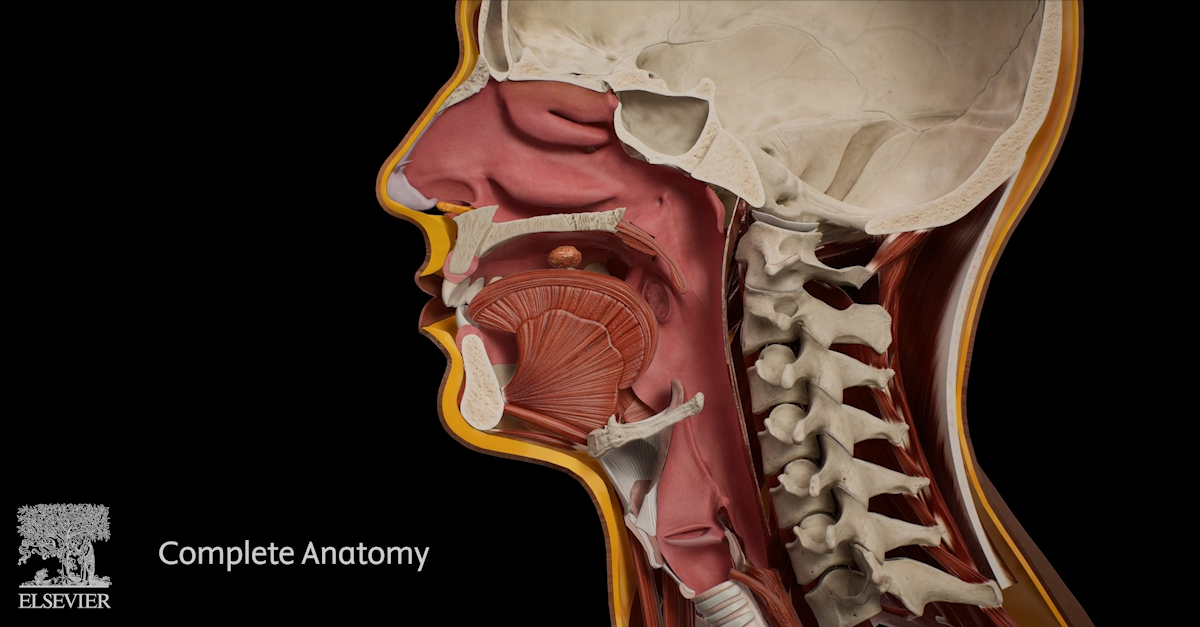
It’s an action we perform many times throughout the day without consciously thinking about it (about 580 times to be exact). Yet, without it we would never be able to receive the nutrients we intake daily. Swallowing is a simple enough action, but extremely important for our overall health. Here we will look more at the mechanics of swallowing and how our body makes it, for the most part, effortless.
In general, when we consume food, our teeth chew and break it down into a soft circular mass called a bolus. Your tongue will then push this mass backward until it reaches your pharynx. From here the bolus passes into the esophagus with the epiglottis acting as a lid closing off the airway and preventing the food from going back in the wrong direction. The bolus can then travel downward to the stomach with the help of gravity and peristalsis of the esophagus.
When we voluntarily want to swallow, we send signals to the precentral gyrus (the primary motor area), posterior-inferior gyrus, and the frontal gyrus in our cerebral cortex of the brain. Information from these areas then crossover to the brainstem into the swallowing center of the medulla oblongata. There are also nerve signals that happen in your mouth that start firing as soon as you start chewing your food. These sensory nerve signals are found in the mouth, pharynx, and larynx and send messages to the sensory cortex of the brain and eventually the medulla. The medulla can then take the sensory information and dictate the efforts of the muscles of chewing.
The involuntary component of swallowing comes into play when we look at the stages of the bolus when it is in the pharynx and esophagus. Here you can experience the swallowing reflex. This is an elaborate involuntary reflex that involves the swallowing center of the medulla. Once activated, neurons in the brainstem send patterned discharges of inhibition and excitation to motor nuclei of the cranial nerves. Rhythmic contractions of several muscles in the back of the mouth, pharynx, and esophagus push the food down. Breathing stops while the epiglottis involuntarily covers the airway, and the vocal folds adduct preventing any backflow.
A healthy person can perform this whole process easily and without much thought, however, if the nervous system has been disturbed by trauma, such as a stroke, dysphagia may be experienced. Dysphagia is a term used for difficulty with swallowing. This can lead to problems such as choking, lack of appetite, weight loss, and aspiration. Speech and swallow therapy can strengthen the swallowing muscles to help improve symptoms as much as possible.
Check out these structures and more in Complete Anatomy!